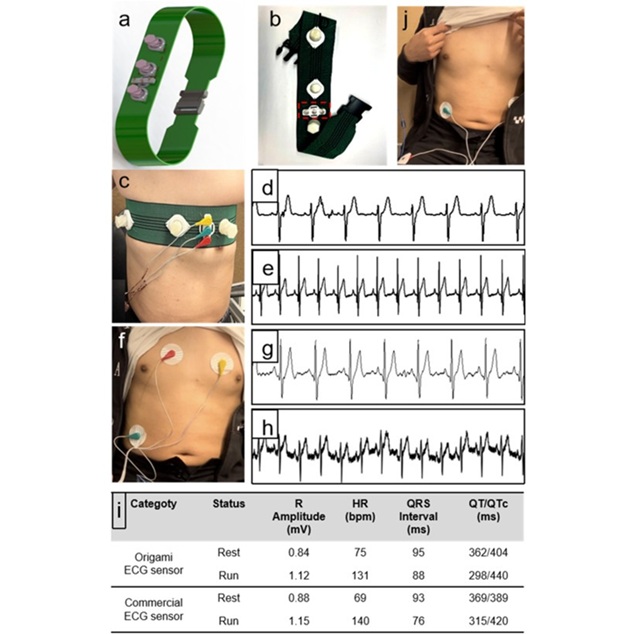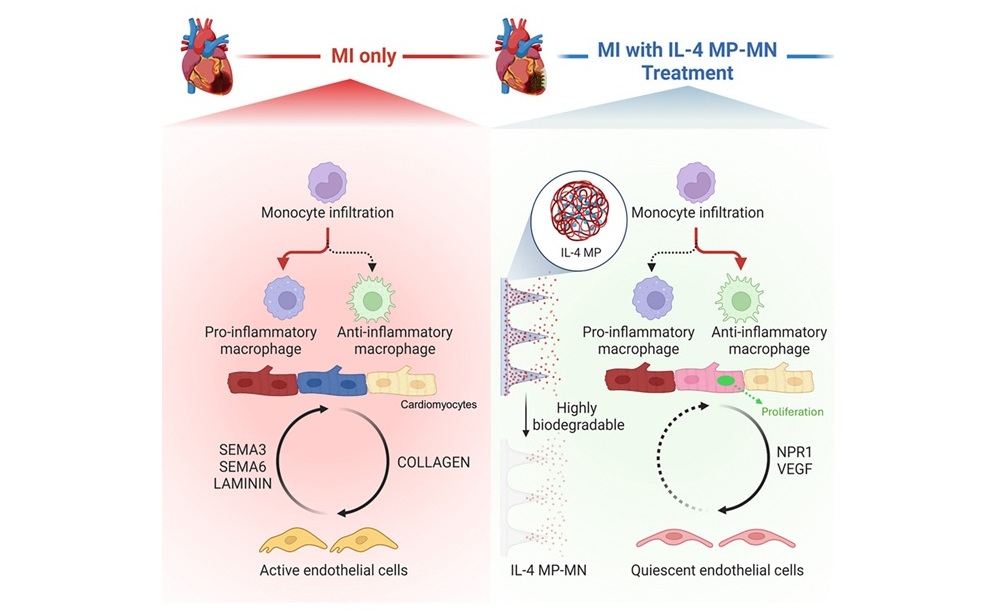Neuroendoscopy System Improves Outcome of Minimally Invasive Neurosurgical Procedures
|
By HospiMedica International staff writers Posted on 02 Sep 2024 |
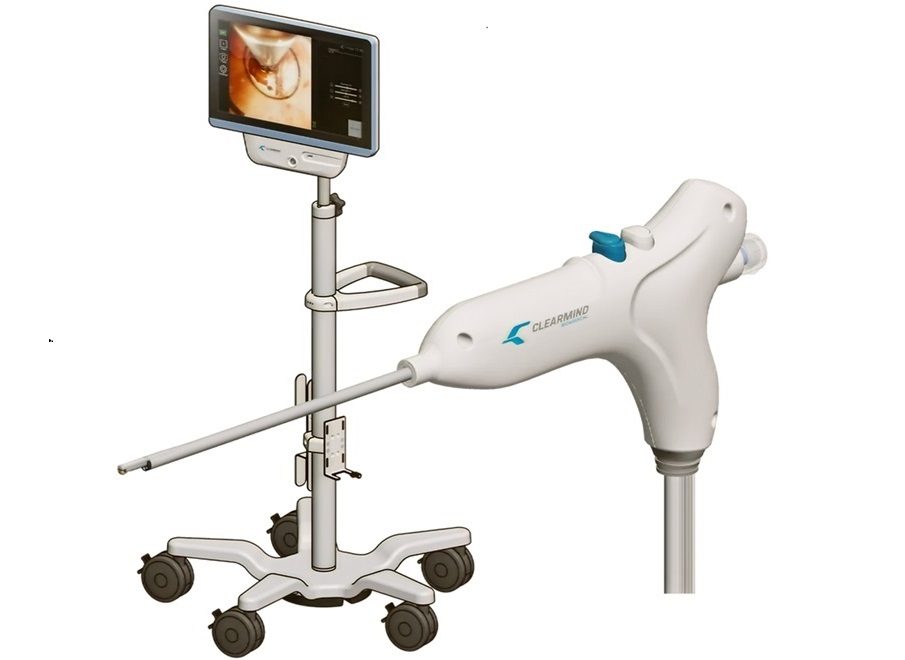
A new neuroendoscopy system integrates various features such as visualization, illumination, irrigation, suction, coagulation, and powered debridement to enable minimally invasive procedures.
The Neuroblade System by Clearmind Biomedical (San Jose, CA, USA) consists of three main components: the Neuroblade, a single-use, multifunctional neuroendoscope; the Neuropad, a reusable medical-grade tablet; and Clearpath, a disposable transparent access sheath. The system displays camera images on the Neuropad via a cable from the Neuroblade, which also has integrated irrigation and aspiration capabilities. Its distal bipolar electrode allows for the use of RF energy from a third-party RF generator for vessel coagulation in the neuro space, and a cutting window at the distal end aids in blood clot removal. The Neuroblade System is inserted into the brain through a burr hole in the patient’s skull.
This system is designed to enhance the efficiency and outcomes of minimally invasive neurosurgical operations. The Neuroblade system provides a significant advancement in the surgical management of intracerebral hemorrhage. Its design simplifies the operating room setup and combines critical functions in one device, potentially enhancing patient outcomes. In its first U.S. application, the Neuroblade was used in an emergency operation to remove a hemorrhagic stroke. The Clearpath sheath facilitated precise access to the affected area, while the Neuroblade delivered comprehensive capabilities including real-time visualization and tools for suction, irrigation, powered debridement, and coagulation. The Neuroblade System has been granted FDA 510(k) clearance for use in illuminating and visualizing intracranial tissues and fluids, controlled aspiration of tissue and/or fluids, powered soft tissue cutting, and tissue coagulation under direct visualization during surgery in the ventricular system or cerebrum.
"FDA clearance and the first U.S. surgery mark significant milestones for the Neuroblade System, which we believe will revolutionize minimally invasive neurosurgery,” said J. Dustin Duckett, Clearmind's Vice President and General Manager for the Americas. “Developed with input from surgeons, Neuroblade's integrated features aim to enhance surgical efficiency and patient outcomes. We look forward to further developing evidence, driving adoption, and ultimately getting more patients access to desperately needed care."
Related Links:
Clearmind Biomedical
Latest Surgical Techniques News
- Novel Endoscopy Technique Provides Access to Deep Lung Tumors
- New Study Findings Could Halve Number of Stent Procedures
- Breakthrough Surgical Device Redefines Hip Arthroscopy
- Automated System Enables Real-Time "Molecular Pathology" During Cancer Surgery
- Groundbreaking Procedure Combines New Treatments for Liver Tumors
- Ablation Reduces Stroke Risk Associated with Atrial Fibrillation
- Optical Tracking Method Identifies Target Areas in Robot-Assisted Neurosurgery
- General Anesthesia Improves Post-Surgery Outcomes for Acute Stroke Patients
- Drug-Coated Balloons Can Replace Stents Even in Larger Coronary Arteries
- Magnetic Kidney Stone Retrieval Device Outperforms Ureteroscopic Laser Lithotripsy
- Absorbable Skull Device Could Replace Traditional Metal Implants Used After Brain Surgery
- Magic Silicone Liquid Powered Robots Perform MIS in Narrow Cavities
- 'Lab-on-a-Scalpel' Provides Real-Time Surgical Insights for POC Diagnostics in OR
- Biodegradable Brain Implant Prevents Glioblastoma Recurrence
- Tiny 3D Printer Reconstructs Tissues During Vocal Cord Surgery
- Minimally Invasive Procedure for Aortic Valve Disease Has Similar Outcomes as Surgery
Channels
Critical Care
view channel
Nanogel Technology Almost 100% Effective in Destroying Drug-Resistant Bacteria Within Hours
Antibiotic resistance is one of the most serious global health threats, driven by bacteria that evade treatment and form protective biofilms that shield them from drugs. Pathogens such as Pseudomonas aeruginosa,... Read more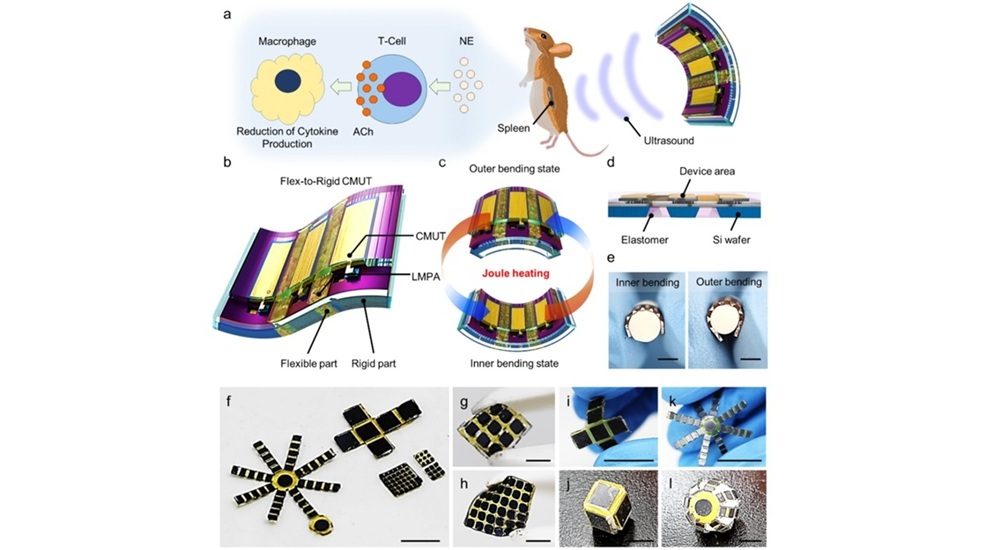
Wearable Ultrasound Sensor Delivers Noninvasive Treatment Without Surgery
Wearable ultrasound devices have long struggled with low acoustic power and poor structural stability, limiting their use in high-resolution imaging and therapeutic applications. Conventional flexible... Read morePatient Care
view channel
Revolutionary Automatic IV-Line Flushing Device to Enhance Infusion Care
More than 80% of in-hospital patients receive intravenous (IV) therapy. Every dose of IV medicine delivered in a small volume (<250 mL) infusion bag should be followed by subsequent flushing to ensure... Read more
VR Training Tool Combats Contamination of Portable Medical Equipment
Healthcare-associated infections (HAIs) impact one in every 31 patients, cause nearly 100,000 deaths each year, and cost USD 28.4 billion in direct medical expenses. Notably, up to 75% of these infections... Read more
Portable Biosensor Platform to Reduce Hospital-Acquired Infections
Approximately 4 million patients in the European Union acquire healthcare-associated infections (HAIs) or nosocomial infections each year, with around 37,000 deaths directly resulting from these infections,... Read moreFirst-Of-Its-Kind Portable Germicidal Light Technology Disinfects High-Touch Clinical Surfaces in Seconds
Reducing healthcare-acquired infections (HAIs) remains a pressing issue within global healthcare systems. In the United States alone, 1.7 million patients contract HAIs annually, leading to approximately... Read moreHealth IT
view channel
EMR-Based Tool Predicts Graft Failure After Kidney Transplant
Kidney transplantation offers patients with end-stage kidney disease longer survival and better quality of life than dialysis, yet graft failure remains a major challenge. Although a successful transplant... Read more
Printable Molecule-Selective Nanoparticles Enable Mass Production of Wearable Biosensors
The future of medicine is likely to focus on the personalization of healthcare—understanding exactly what an individual requires and delivering the appropriate combination of nutrients, metabolites, and... Read moreBusiness
view channel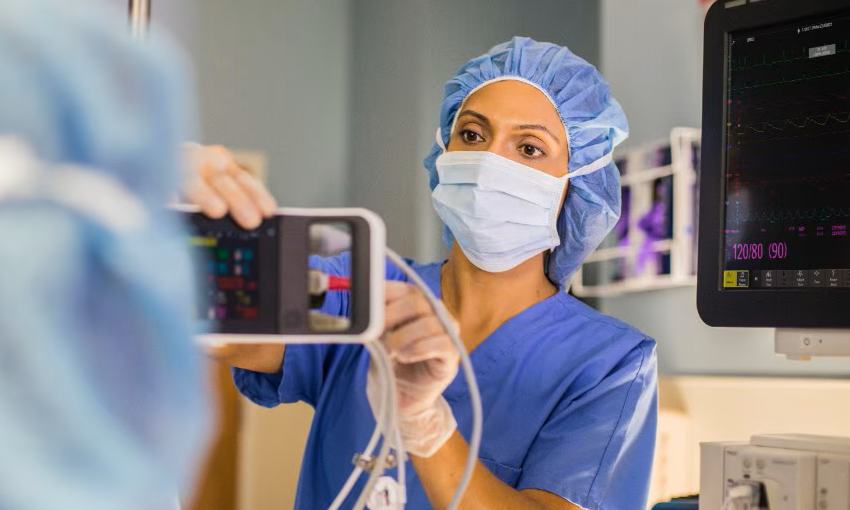
Philips and Masimo Partner to Advance Patient Monitoring Measurement Technologies
Royal Philips (Amsterdam, Netherlands) and Masimo (Irvine, California, USA) have renewed their multi-year strategic collaboration, combining Philips’ expertise in patient monitoring with Masimo’s noninvasive... Read more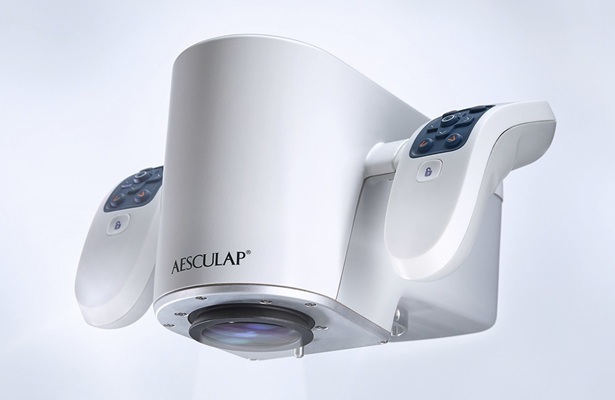
B. Braun Acquires Digital Microsurgery Company True Digital Surgery
The high-end microsurgery market in neurosurgery, spine, and ENT is undergoing a significant transformation. Traditional analog microscopes are giving way to digital exoscopes, which provide improved visualization,... Read more
CMEF 2025 to Promote Holistic and High-Quality Development of Medical and Health Industry
The 92nd China International Medical Equipment Fair (CMEF 2025) Autumn Exhibition is scheduled to be held from September 26 to 29 at the China Import and Export Fair Complex (Canton Fair Complex) in Guangzhou.... Read more












